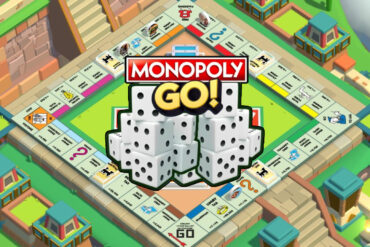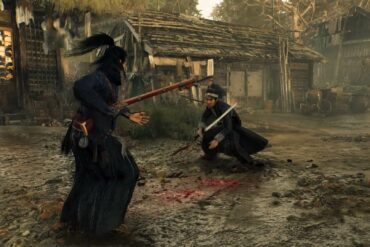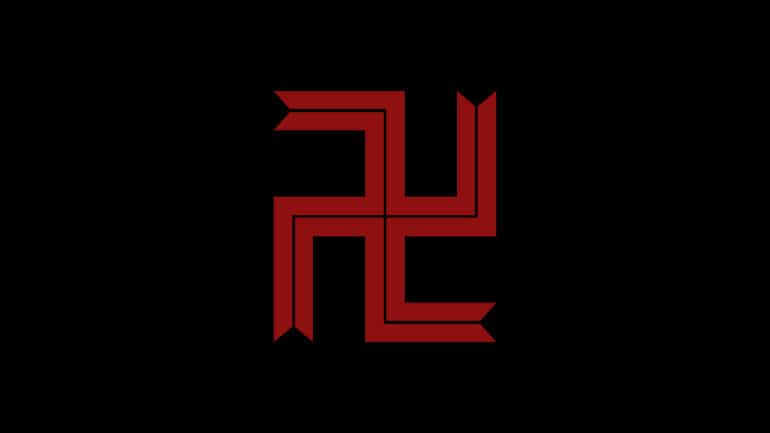Several Crunchyroll forum members noticed that the English release of Tokyo Revengers would censor the manji symbol from the anime because of its hateful connotations, but is it even a hate symbol, to begin with?
What is Manji?
If you ever visited a Buddhist temple or been to Japan as a tourist, seeing the manji symbol could come as a shock.
The symbol is a religious icon in many Eurasian religions, such as Buddhism, Hinduism, and Jainism. The word swastika comes from the Sanskrit and signifies ”conducive to well-being.” Up until the 1930s, people in the West viewed it similarly until WWII for obvious reasons. At the time, the Nationalsozialistische Deutsche Arbeiterpartei (NSDAP) adopted the right-facing swastika as a symbol of nationalistic pride and Aryan supremacy.
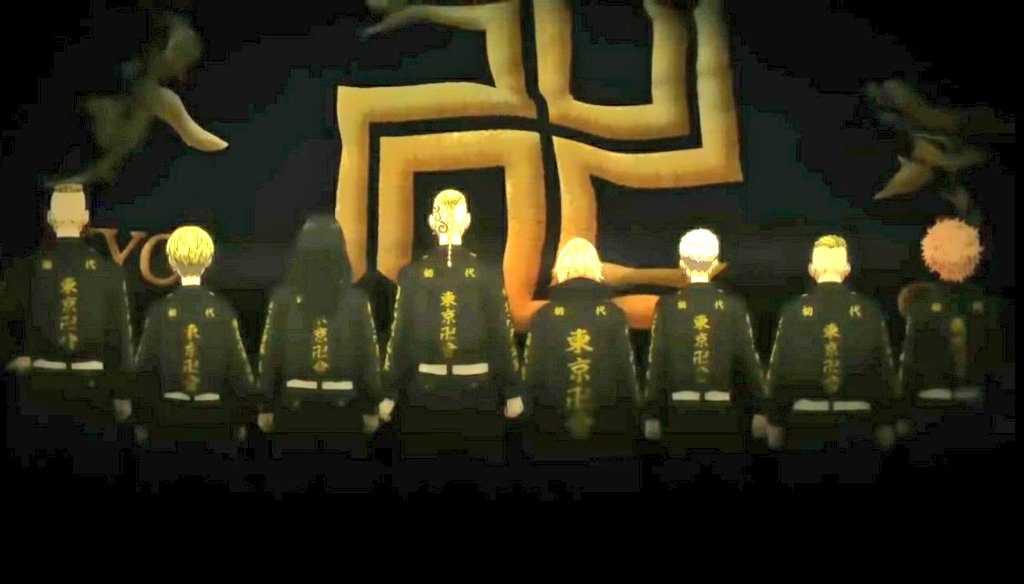
The Symbol in Modern Japan
However, context matters, especially when hate symbols (or lack thereof) are concerned. The symbol in Tokyo Revengers, which is the left-facing manji, means something very different to the Japanese youth.
When the first volume of the manga emerged in 2017, it was during a time when manji had become slang in Japan’s youth culture. It’s the Japanese equivalent of throwing up gang signs or shouting a gang’s name in high school. Similarly, Japanese kids would say manji when smiling for a picture, like anglophones say ‘‘cheese’’ or francophones say ‘‘ouistiti’’.
The symbol can also mean the embodiment of strength. Japanese youth even use the word as a stand-in for maji (まじ), meaning “seriously,” as in ‘‘are you for real?’’ in English. All in all, it became a regular part of the vocabulary, none of which has anything in common with Nazism. As for the actual Nazi symbol, the Japanese use the word haakenkuroitsu (ハーケンクロイツ), or “hakenkreuz,” which means swastika in German.
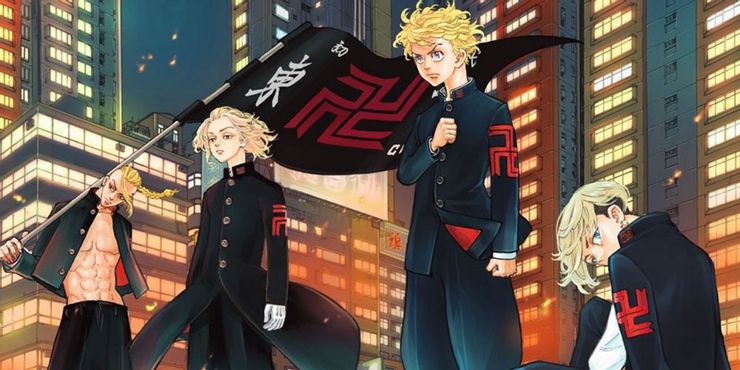
The Tokyo Revengers story is about the Tokyo Manji Gang (東京卍會), a Japanese youth biker gang. This is the exact demographic that the symbol would appeal to.
In the end, Westerners are notoriously uncultured, so they immediately jumped onto the hate symbol bandwagon. Despite the facts, the decision was made to censor the manji symbol in the English version.
In case it wasn’t clear yet, it’s not a Nazi swastika. This isn’t the first time that foreign elements were considered ‘‘problematic’’ by a Western audience. However, if the proposed solution is censoring instead of educating, it may only breed ignorance, resentment, and, ironically, more hate.
What do you think? Should the manji symbol be censored, or should people be educated about it? Let us know below.

